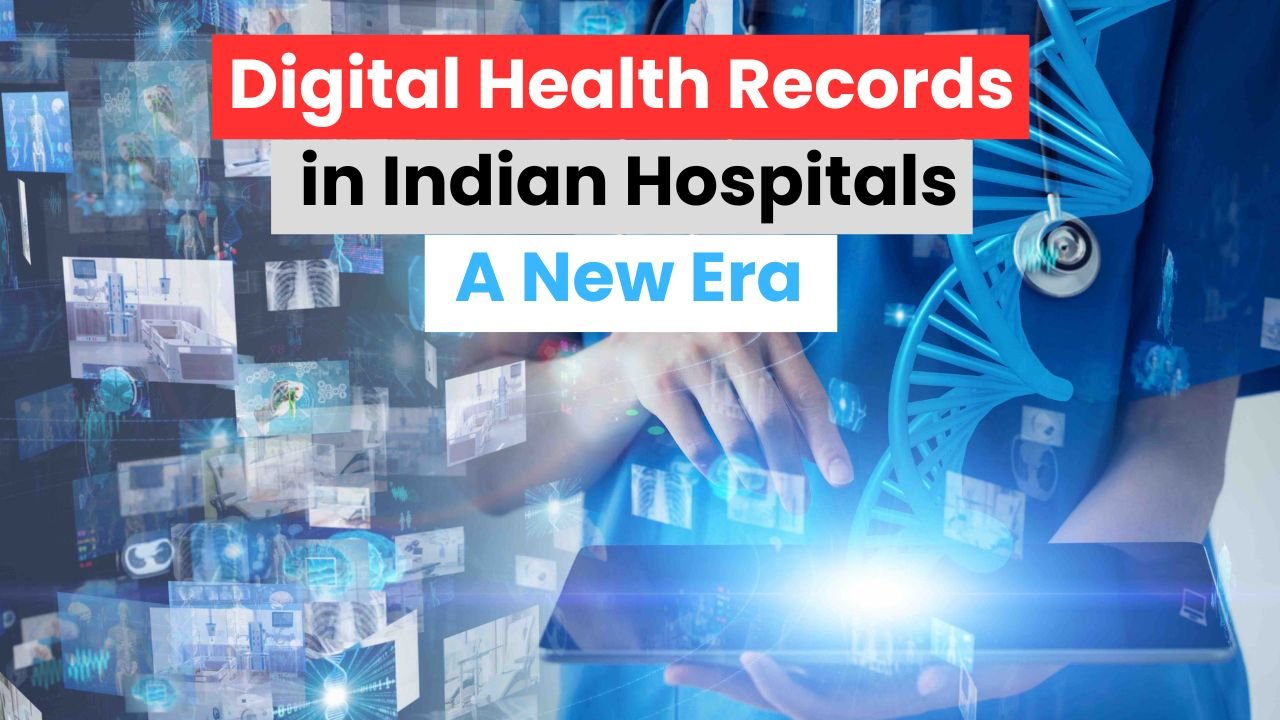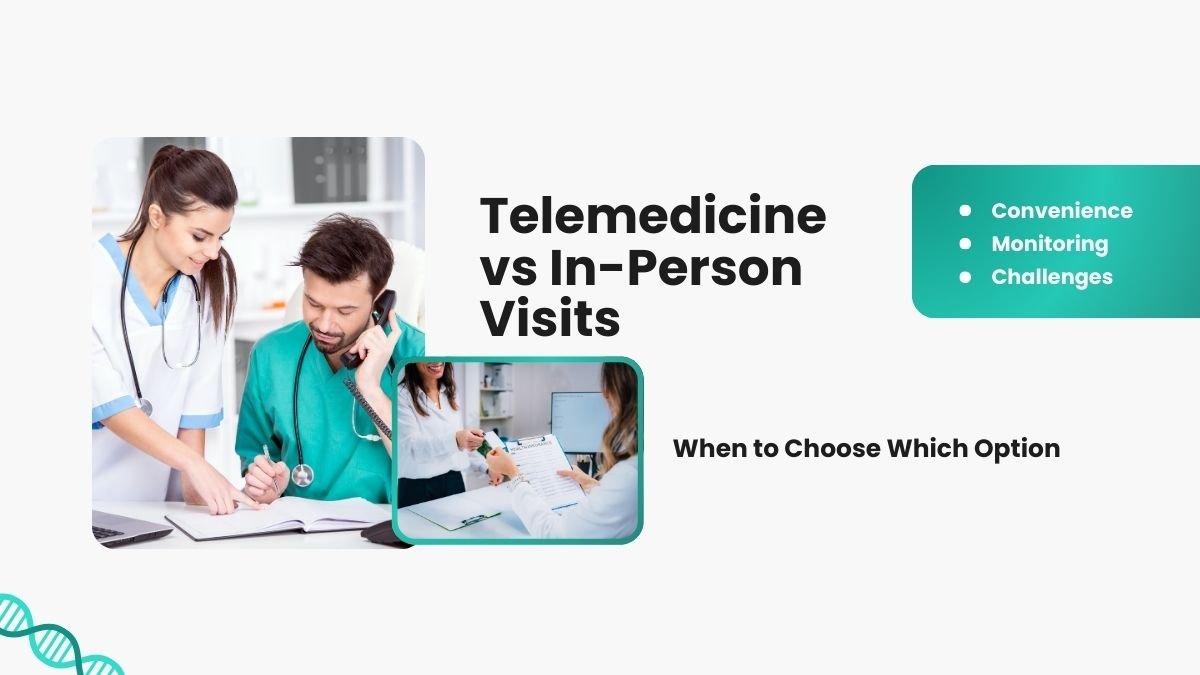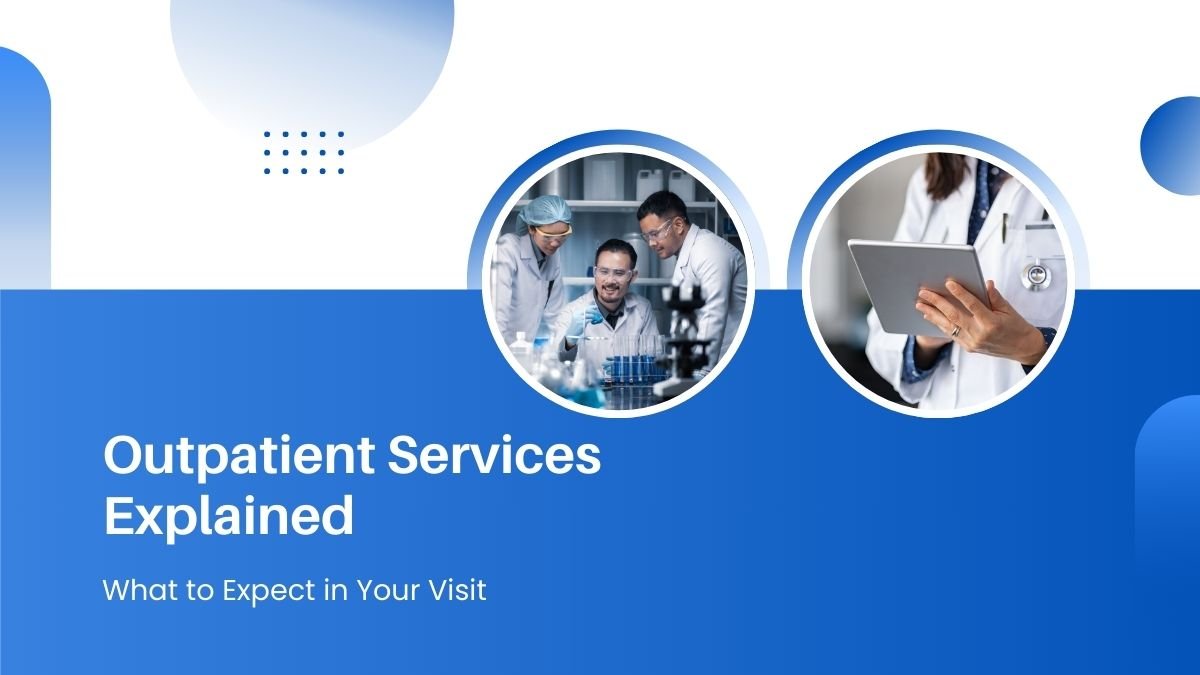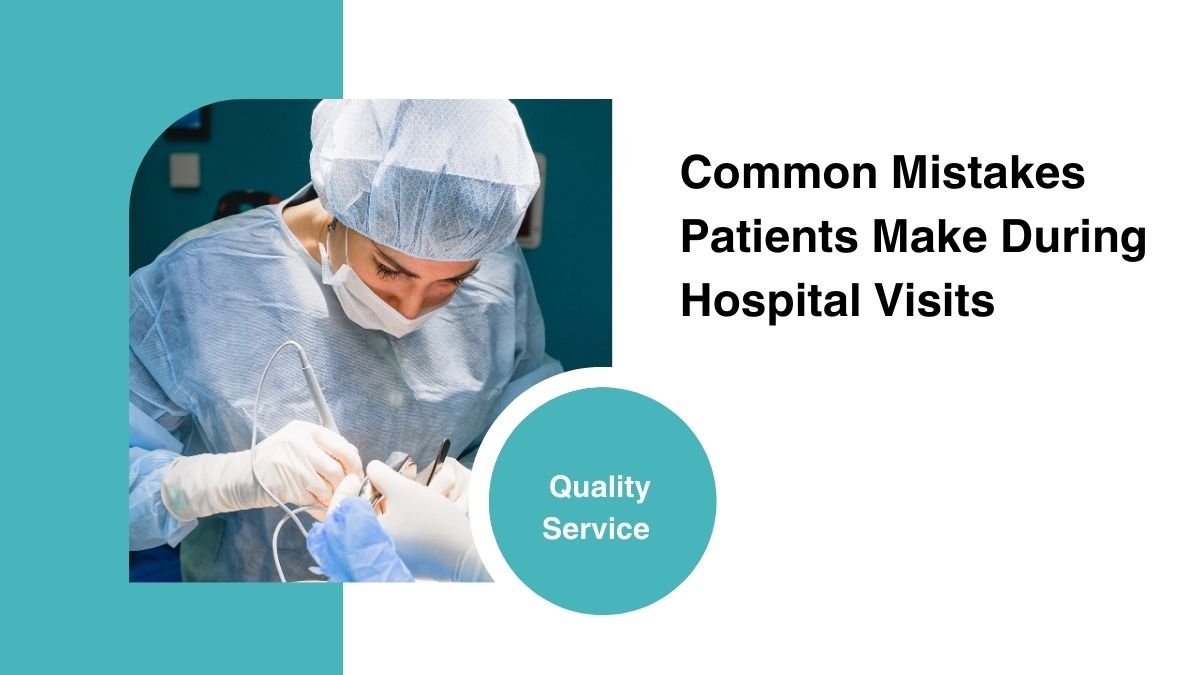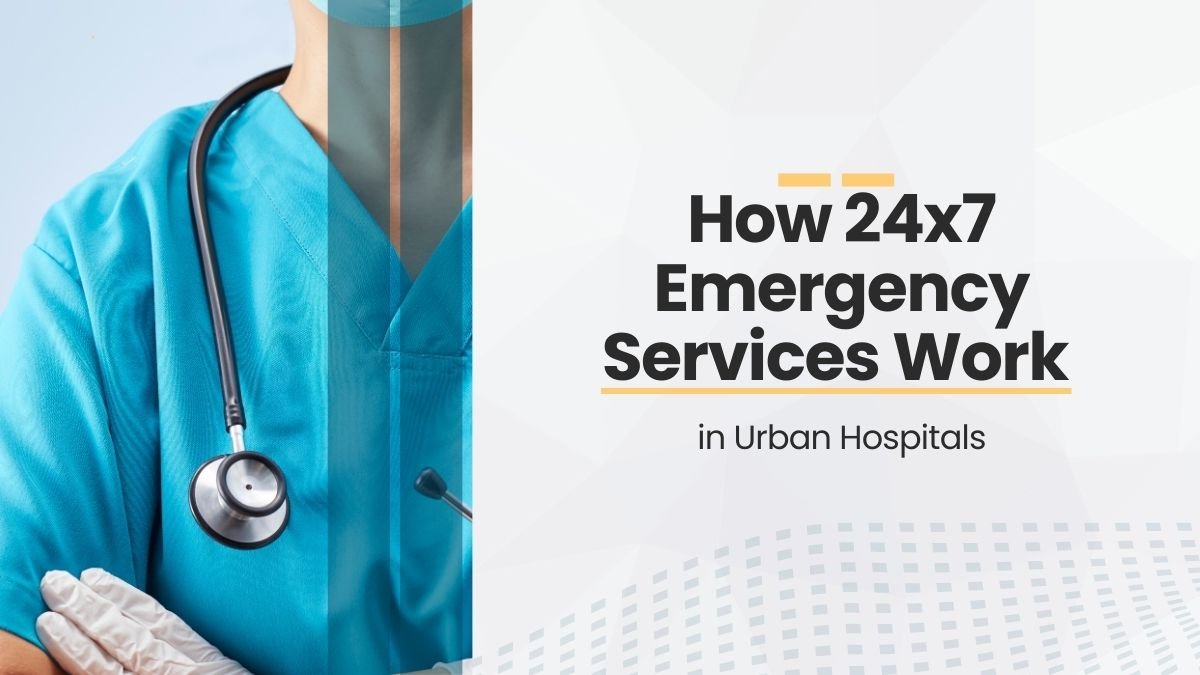India’s healthcare system is going through a major transformation.
Hospitals are no longer just providing treatment, but technology is making treatment and care easier, faster and more accurate than ever before.
Whether it’s telemedicine, artificial intelligence-enabled testing, mobile health apps or digital health records – India’s healthcare is now rapidly going “digital”. It is not only improving treatment, but also reshaping the entire system.
COVID-19: The beginning of a change
Although the journey of digital health in India had started a few years ago, the real momentum came during the corona pandemic. During the lockdown, it became difficult for people to go to the hospital. At such a time, talking to a doctor through video call, viewing medical reports from an app and getting tests done from home became a necessity.
For example:
Ramu ji, who lives in a village, had fever and cough. Earlier he had to go to the city for treatment. But now they can get treatment by talking to the doctor through mobile through eSanjeevani app.
This change has proved that digital health service is not just the future, but the need of the hour.
Digital Health Framework: Five Main Pillars of Change
Now let us know about the 5 major pillars through which India’s health service is taking digital form.
1. Telemedicine and Remote Care
Now patients can talk to the doctor from home, whether they are in the city or in the village. More than 10 crore online consultations have been done on the government platform eSanjeevani.
Benefits:
- Access to health services in remote villages
- Saves long queues and time
- Women and the elderly can consult a doctor from home
2. Digital Health Records (EHR – Electronic Health Records)
Now the entire medical information of the patient – such as test reports, doctor’s notes, medicines – is saved in a digital file.
Government campaigns like Ayushman Bharat Digital Mission (ABDM) are working for this.
Benefits:
- The patient does not have to carry all the reports every time
- The patient’s history is easily available from one doctor to another
- The patient can also check his medical information himself
Example: If a patient first got treatment in Delhi and later went to Mumbai, then the new doctor can also provide better treatment by looking at the old records.
3. AI & Predictive Analytics
Now the investigation is not only being done on the doctor’s eyes, but also on the thinking of machines. Diseases can be identified early with AI (Artificial Intelligence).
Example:
- Early detection of cancer
- Detection of eye disease Diabetic Retinopathy
- Early detection of TB cases
With the help of AI, hospitals can also know how many ICU beds may be needed next week, or how much stock of oxygen is to be kept.
4. Wearables and IoMT (Wearables & Internet of Medical Things)
Now the watch has become the doctor. Smartwatch, fitness band, blood pressure and sugar monitor – all these provide information about the body in real time.
Benefits:
- The patient’s condition is constantly tracked
- If a patient’s condition starts deteriorating, an alert is received immediately
- Chronic diseases (such as diabetes, blood pressure) can be managed better
Example: Whenever an asthma patient’s inhaler is used, its data can reach the doctor. With this, the doctor can make changes in the treatment.
5. Digital supply chain and inventory management
Hospitals and pharmaceutical companies have now started tracking their medicines, equipment and supplies digitally.
Technologies like:
- Cloud platform
- Blockchain
- Automation
Benefits:
- Prevention of shortage or wastage of medicines
- Delivery of goods at the right time to the right place
- Prevention of counterfeit medicines
There are also challenges – which are important to understand
With every change comes some problems, let’s understand them:
1. Digital Divide
Even though everyone has a mobile, internet and digital education have not reached everywhere. Especially in villages and poor areas, people do not know how to use these facilities.
Example: Elderly people may find it difficult to run telemedicine apps.
2. Data Privacy & Security
When everything is online, there is also a risk of personal information being stolen. The patient’s medical information is very sensitive, so a strong security mechanism is very important.
The government will have to make such laws and technical systems that maintain the trust of the patient.
3. Staff training and mindset
Doctors, nurses and hospital staff need to be taught about new technologies. Bringing machines alone will not help, we need staff who can operate and understand them.
For this:
- Digital training programs
- Awareness campaigns
It is important to promote digital thinking at every level
India has the opportunity to become a global leader
India has three things that can make it a global health leader:
- Huge number of medical experts
- Network of technical talent and startups
- The art of finding solutions with limited resources
The digital health models we have created are also affordable and can be easily adopted in other developing countries.
How are we contributing?
Our team is working on tools like cloud-based hospital management, AI-based diagnostic platform, and virtual consultation system.
Our aim is to make healthcare smart, fast and accessible to all.
Conclusion: From Sick-Care to Smart-Care
India’s healthcare system is no longer just about diseases India is not only treating diseases but also moving towards preventing them from happening. This is what we can call smart care.
This is a shared journey in which:
- Doctors and engineers walk together
- Government and private sector work together
- Common people also adopt digital health
If all of them move forward together, then the day is not far when India will not only provide better health care to its citizens, but will also become an example for the whole world.
